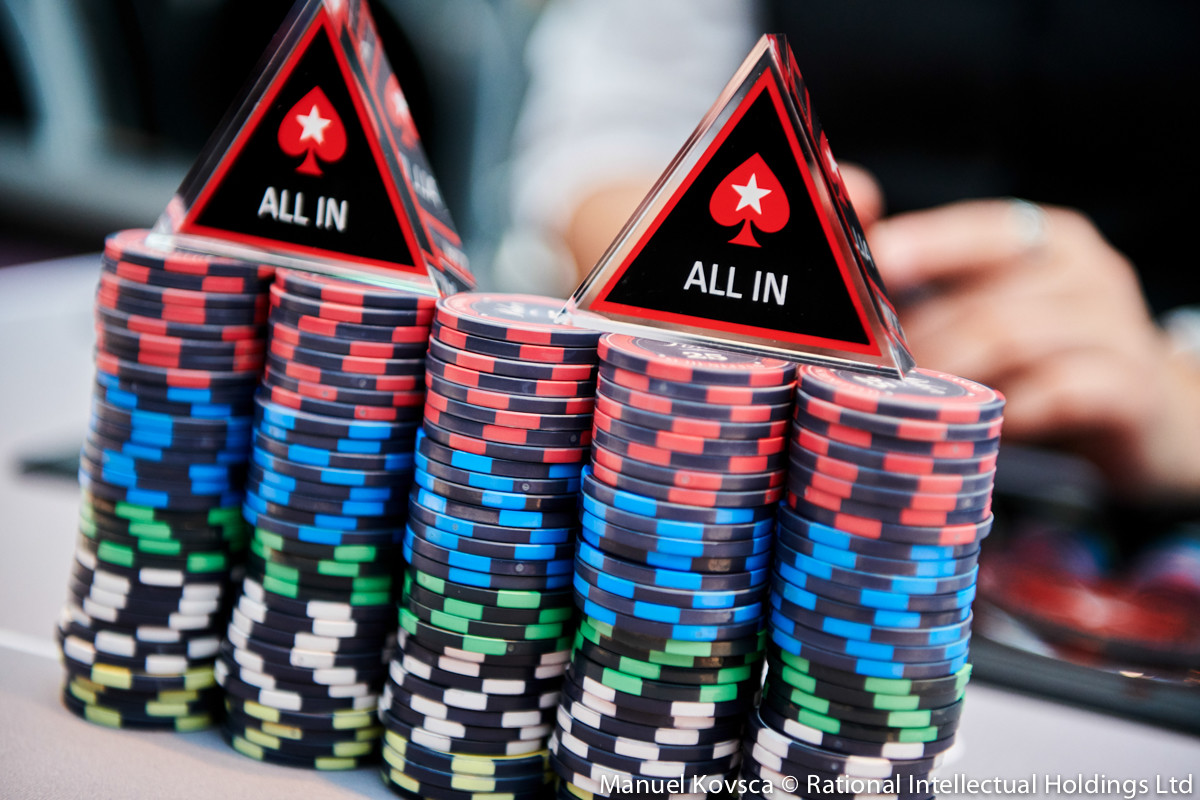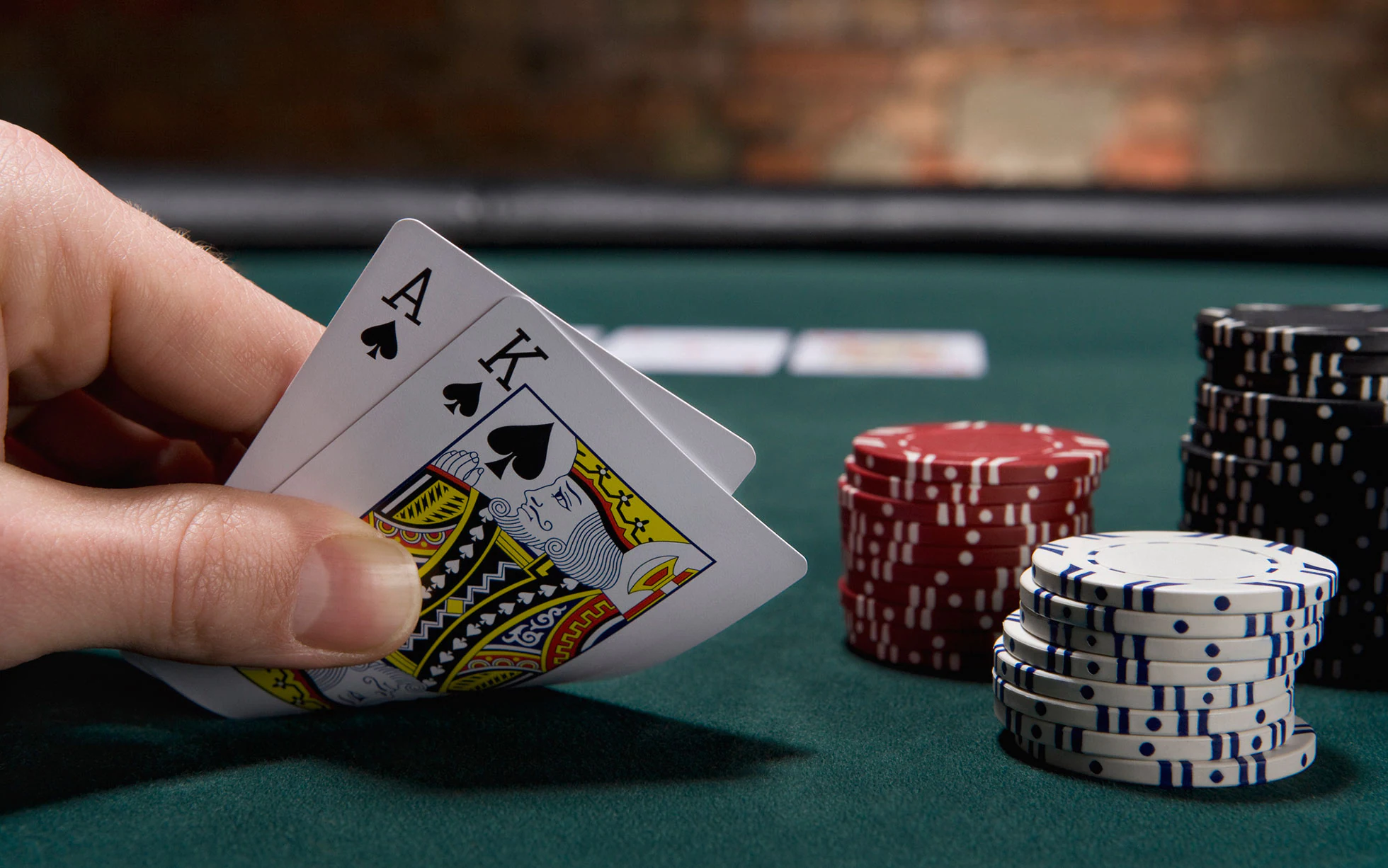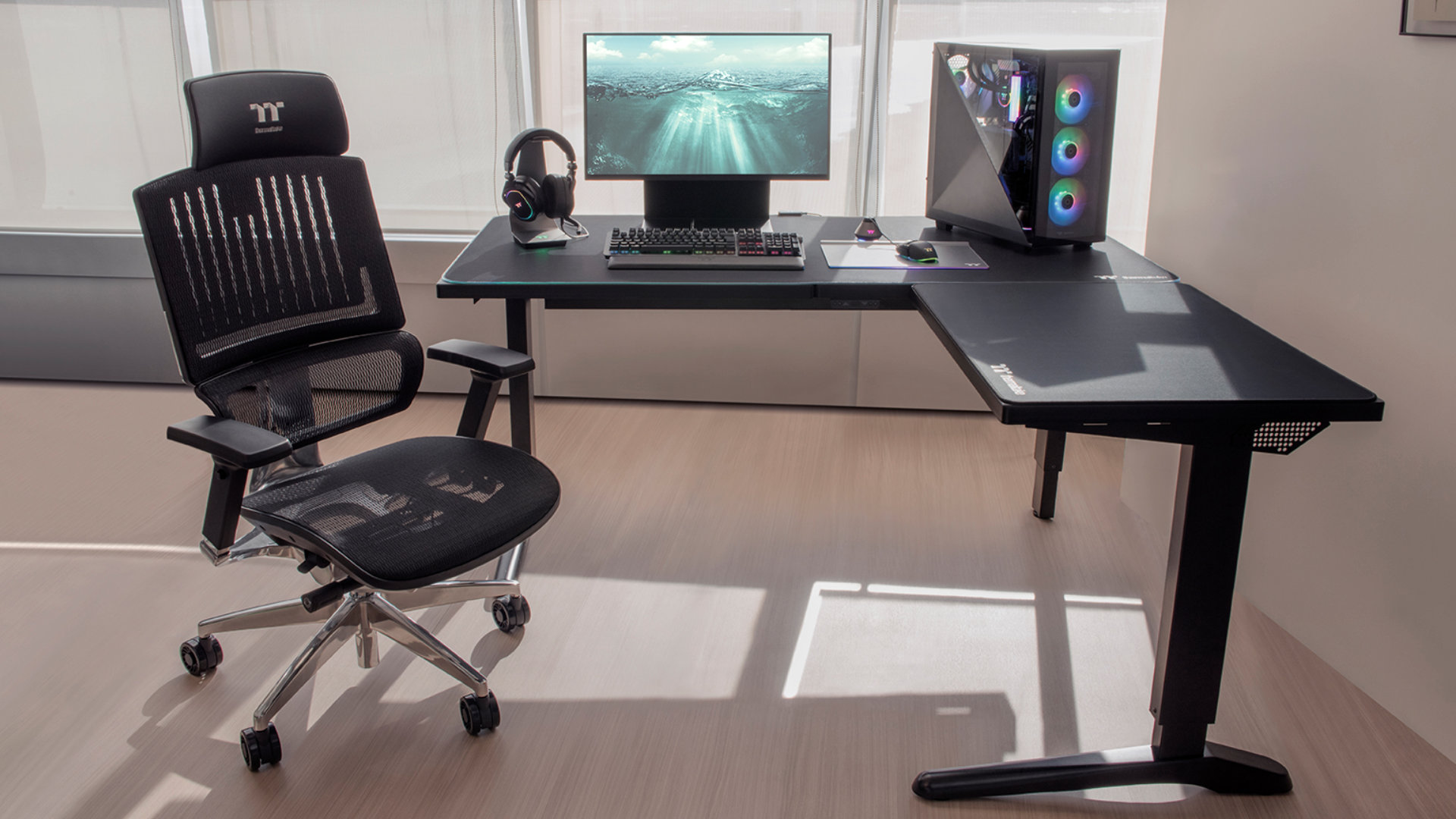In a game where information is incomplete, knowing your opponent’s decisions before making your own is a significant advantage. The more information you know, the better decisions you can make with your poker hand, especially in a game like Texas hold’em. Your position at the Poker Table is an important factor in determining your poker strategy.
What is blind in poker?
The blind refers to two positions on the poker table, for which mandatory bets must be paid at the start of each hand.
- The little blind is the player immediately clockwise from the dealer button. This player must pay between ⅓ and ⅔ of the big blind
- The big blind is the player two positions clockwise from the dealer button. This player must pay a large blind, which is displayed before the game begins.
What is the purpose of the blind in poker?
The purpose of blind bets – or forced bets – is to encourage players to fight from the beginning of each hand. If there are no chips in the starting hand to compete for, there will be very little action and the game will be boring while all players are left waiting for high-end hands.
Playing from the blinds is very difficult and has many pitfalls for new players. Because of the discount you get when entering a preflop pot, it’s easy to overestimate how weak a starting hand you can play profitably.
- You should resist the temptation to play unwanted hands just because it costs less to see a losing hand.
- Discounts can only get you so far.
- After the flop, you will lose the position for the rest of the hand, so you need to be wary of good players already in the hand as they are skilled at using your unfavourable position against you.
The reasons why position matters in no-limit Texas hold’em poker:
- Free card
When you are in a higher position than your opponent, you have a chance to get a “free card” if your opponent checks you – meaning by checking behind you, you will see the next community card free of charge.
- More opportunities for fraud
When your opponent, out of position, shows weakness by checking in front of you, being the last to act allows you to apply great pressure, feigning a stronger hand.
- Know your opponent’s actions
The main advantage of this position is that you know exactly what your opponent has chosen to do before deciding how you should play. Whether they check (which often signals weakness), whether they bet small or large, you receive valuable information.
What are the advantages and disadvantages of “expected location”?
The starting position is the worst place on the poker table. Not only do you risk taking a bad post-flop position, but you also won’t get a discount for entering the pot. The result of this the situation is that you have to play with a tighter opening range due to the inherent difficulty in turning a profit with a marginal hand.
- The first position is taken by the player immediately to the left of the big blind. This position is called the “under the gun” position or UTG position. This player must act first after the flop of poker chipset.
- You should not be tempted to play “nice” hands like small pairs and small connectors under any circumstances.
- These hands are not profitable when opening raises at every seat.
What are the advantages and disadvantages of the “middle position”?
In the middle position, your potential positional disadvantage is less than in the top position. In these chairs, you can start to expand the range of your hands more. However, this range must always be tightly controlled as there are still at least four additional players left to act before the group stage.
What Benefits and Drawbacks Do “Late Position” Offer?
The last position on the poker table is the most profitable. You have a steal opportunity in addition to the finest post-flop position when you are in the cutoff and button. Stealing is the practice of opening incredibly poor hands to take the blinds without an apost-flopp battle.
- The dealer, often known as BTN, is the final late position.
- It may be statistically conceivable to play any two cards when open raising from the dealer button versus two highly tight players due to the risk/reward ratio.
- Even if you must play post-flop, your advantageous position will let you maximise the value of your strong cards and limit the pot size with your weaker ones.








